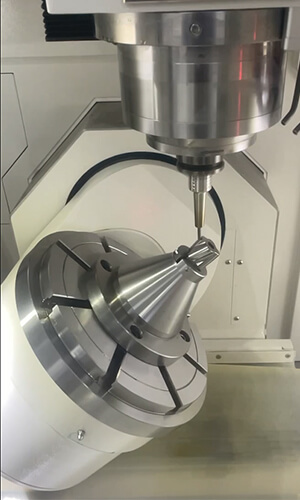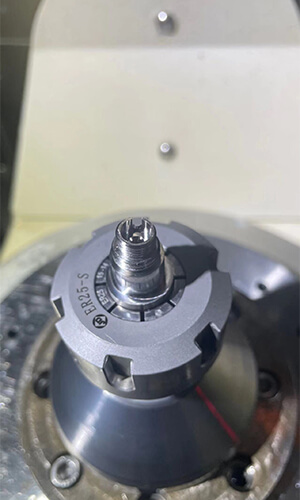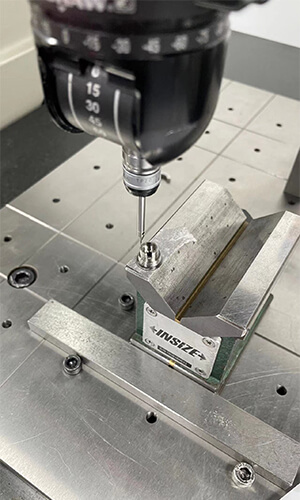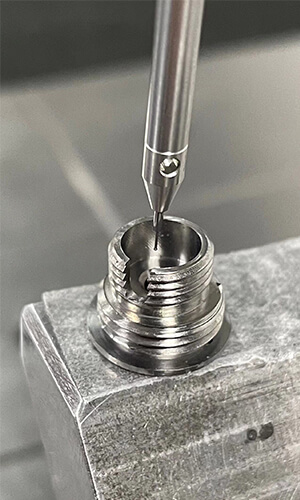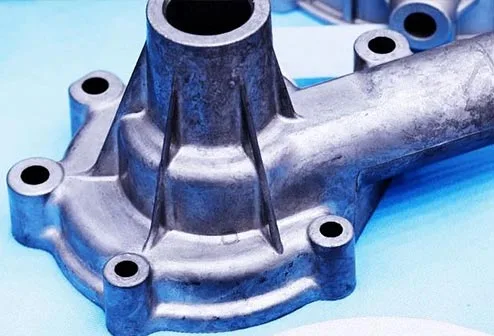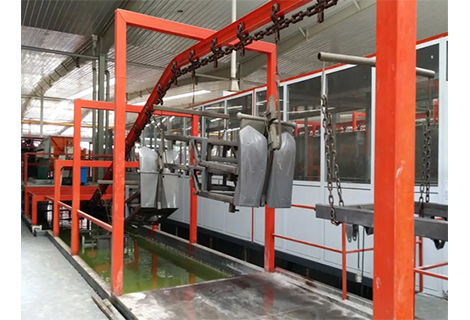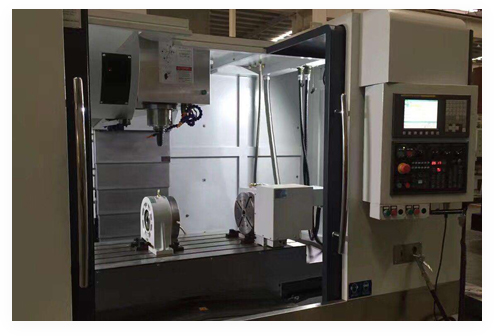Having advanced five-axis machining centres, Richconn would love to share with you the method of machining titanium alloy special-shaped parts using a five-axis machining centre and the key points of titanium alloy machining.
Titanium alloy processing requires the use of special cooling fluids, which can effectively reduce temperature, reduce wear, and maintain stable machining quality. At the same time, we need to choose special tools suitable for titanium alloy processing to ensure cutting quality and tool life.
When writing machining programs, it is necessary to detail the parameters of each machining step, including cutting speed, feed speed, cutting depth, and feed depth. When machining special-shaped parts, it is especially important to design the cutting path to avoid cutting too deep or too shallow.
In practical machining, it is necessary to adjust the parameters flexibly according to the actual situation to obtain the best machining effect. Generally, titanium alloy processing speed is slower, cutting depth is shallower, and the cutting path needs to be more complex to ensure machining quality and stability.
In addition to the above basic points, the following are some specific numbers and tips for your reference:
Selection of Cooling Fluid
In titanium alloy processing, the selection of cooling fluid is very important. Generally, you can choose titanium alloy special cooling fluids, which have better cooling performance, can effectively reduce tool wear and temperature, and improve processing quality and efficiency.
Cutting Speed and Feed Speed
When machining titanium alloy special-shaped parts, the cutting speed and feed speed need to be adjusted according to specific situations. Generally, the cutting speed is around 60-90m/min, and the feed speed is around 1000-3000mm/min.
Selection of Tools
When choosing titanium alloy tools, it is necessary to consider factors such as tool hardness, wear resistance, and high temperature resistance. Generally, coated tools and alloy tools can be selected, which have better hardness and wear resistance.
Design of Cutting Path
When designing the cutting path, it is necessary to consider the properties of titanium alloy to avoid problems such as cutting too deep or too shallow. Generally, progressive cutting and equal division cutting technologies should be adopted to reduce thermal deformation of titanium alloy and stress concentration during cutting.
Accuracy Requirements
The machining accuracy of titanium alloy special-shaped parts is relatively high, generally requiring about ±0.005mm. During machining, it is necessary to control the cutting depth and feed speed, as well as the wear of the tool.
In summary, titanium alloy machining is a high-tech machining process that requires professional knowledge and experience. During OEM precision CNC machining, attention needs to be paid to key points such as cooling fluid, tools, and programming parameters, and parameters that need to be adjusted flexibly according to specific conditions to obtain the best machining effect and precision.
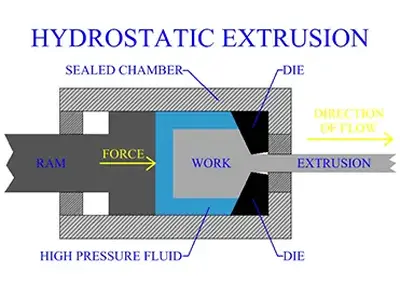 Extrusion: A Manufacturing Process for Creating Various Shapes and ProductsNovember 30, 2023what is extrusion?Extrusion is a process of forcing a material through a die or a nozzle to create a continuous shape or product. The material can be solid, liquid, or semi-solid, and it can be metal,...view
Extrusion: A Manufacturing Process for Creating Various Shapes and ProductsNovember 30, 2023what is extrusion?Extrusion is a process of forcing a material through a die or a nozzle to create a continuous shape or product. The material can be solid, liquid, or semi-solid, and it can be metal,...view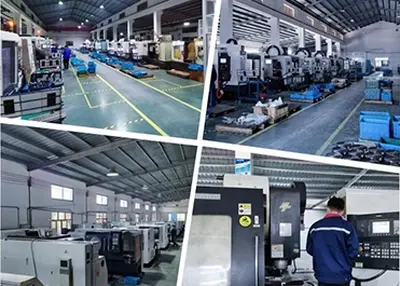 Which Is Easier to Weld, Aluminum or Stainless Steel?October 26, 2023This is because the melting point of stainless steel is higher than that of aluminum alloys, which makes it more stable during the welding process. Aluminum alloys are prone to the risk of being burned through because of their low melting point during the welding process. In addition, aluminum alloys are also susceptible to the formation of an aluminum oxide film on the surface in air, which has a much higher melting point than aluminum itself, making it more difficult to weld.view
Which Is Easier to Weld, Aluminum or Stainless Steel?October 26, 2023This is because the melting point of stainless steel is higher than that of aluminum alloys, which makes it more stable during the welding process. Aluminum alloys are prone to the risk of being burned through because of their low melting point during the welding process. In addition, aluminum alloys are also susceptible to the formation of an aluminum oxide film on the surface in air, which has a much higher melting point than aluminum itself, making it more difficult to weld.view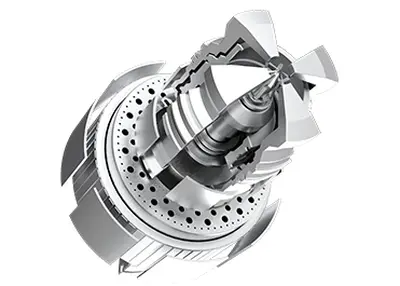 Unlocking Precision: Exploring the Parts of a CNC MachineSeptember 22, 2023Are you ready to dive into the world of CNC (Computer Numerical Control) machines? If you're fascinated by precision engineering and the wonders it can achieve, you've come to the right place.view
Unlocking Precision: Exploring the Parts of a CNC MachineSeptember 22, 2023Are you ready to dive into the world of CNC (Computer Numerical Control) machines? If you're fascinated by precision engineering and the wonders it can achieve, you've come to the right place.view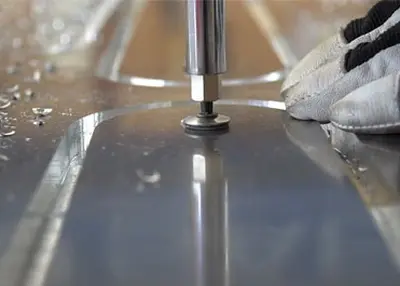 CNC numerical control cutting aluminum sheet, the efficient tool of modern manufacturingAugust 4, 2023In modern manufacturing, aluminum sheets are widely used, and CNC (Computer Numerical Control) cutting technology has become an efficient tool for processing aluminum sheets. CNC cutting aluminum she...view
CNC numerical control cutting aluminum sheet, the efficient tool of modern manufacturingAugust 4, 2023In modern manufacturing, aluminum sheets are widely used, and CNC (Computer Numerical Control) cutting technology has become an efficient tool for processing aluminum sheets. CNC cutting aluminum she...view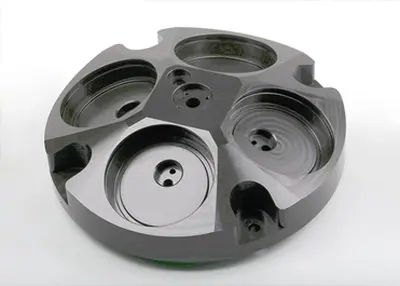 Understanding the Properties of Anodizing Process in One ReadingApril 4, 2023Nowadays, the use of metal technology is quite popular, and many machines in the market have large metal parts. One of the surface treatment processes for metal is anodizing, which is very commonly us...view
Understanding the Properties of Anodizing Process in One ReadingApril 4, 2023Nowadays, the use of metal technology is quite popular, and many machines in the market have large metal parts. One of the surface treatment processes for metal is anodizing, which is very commonly us...view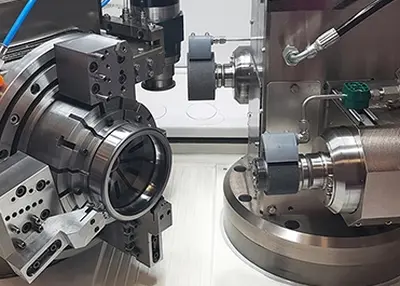 How Do I Get the Part to Meet the Machining Conditions?October 30, 2023Featuring intricate geometries, often complex CNC parts may require the machining of a series of contours, holes, and recesses to achieve the desired shape and size. Read on to learn more about the complexity of CNC machined part geometries and some of our best tips for reducing design complexity.view
How Do I Get the Part to Meet the Machining Conditions?October 30, 2023Featuring intricate geometries, often complex CNC parts may require the machining of a series of contours, holes, and recesses to achieve the desired shape and size. Read on to learn more about the complexity of CNC machined part geometries and some of our best tips for reducing design complexity.view
 EN
EN
 ru
ru 